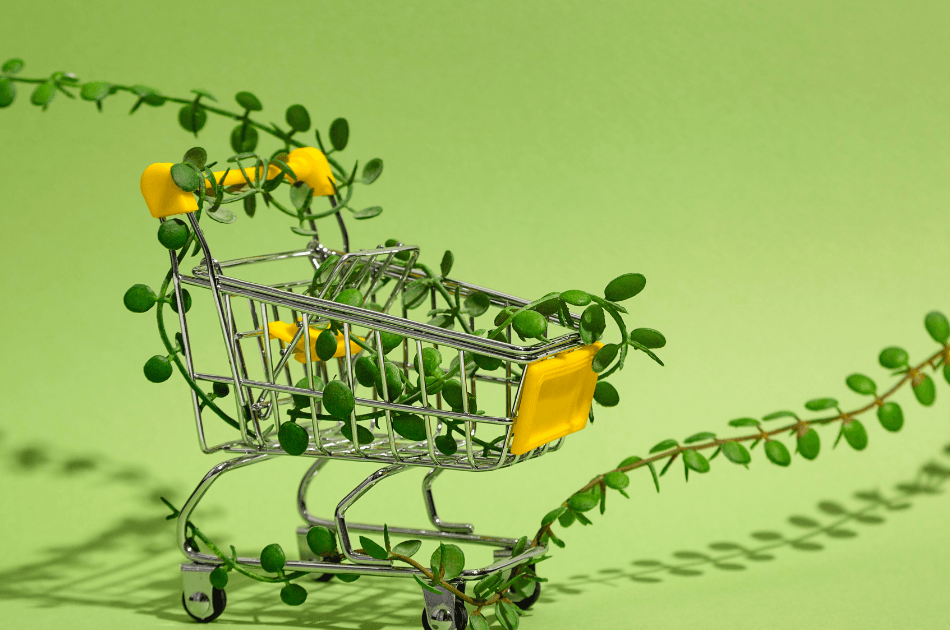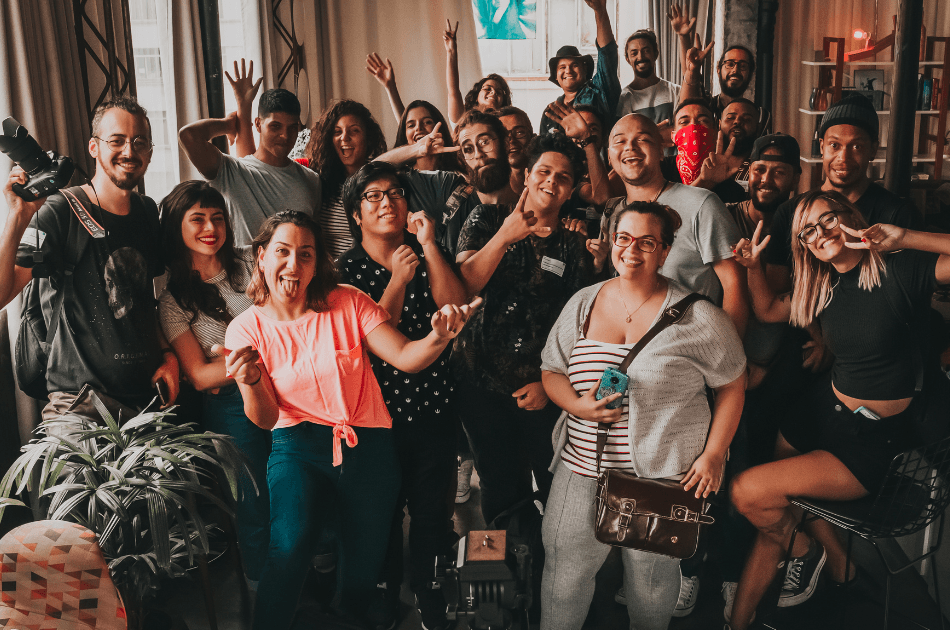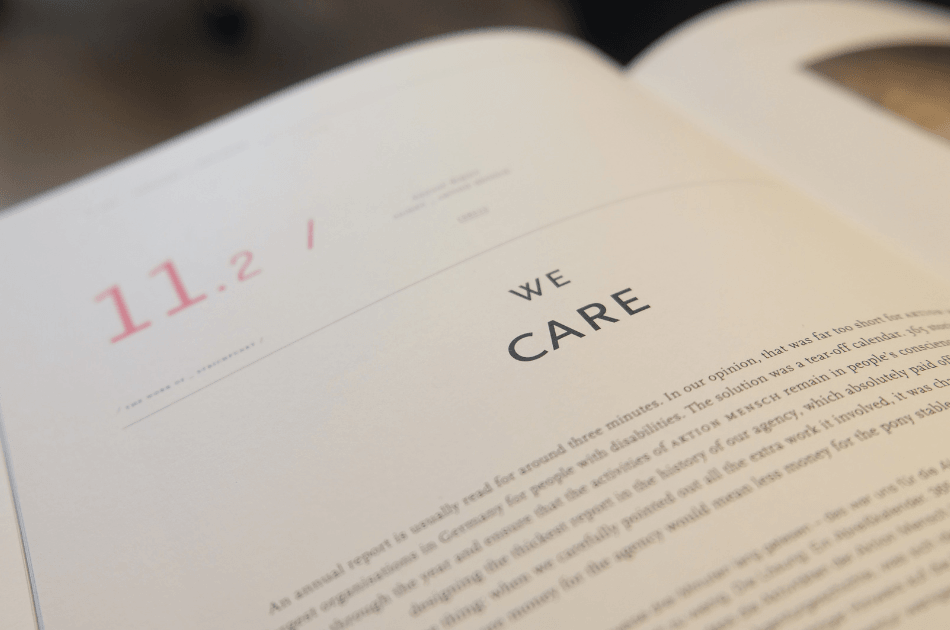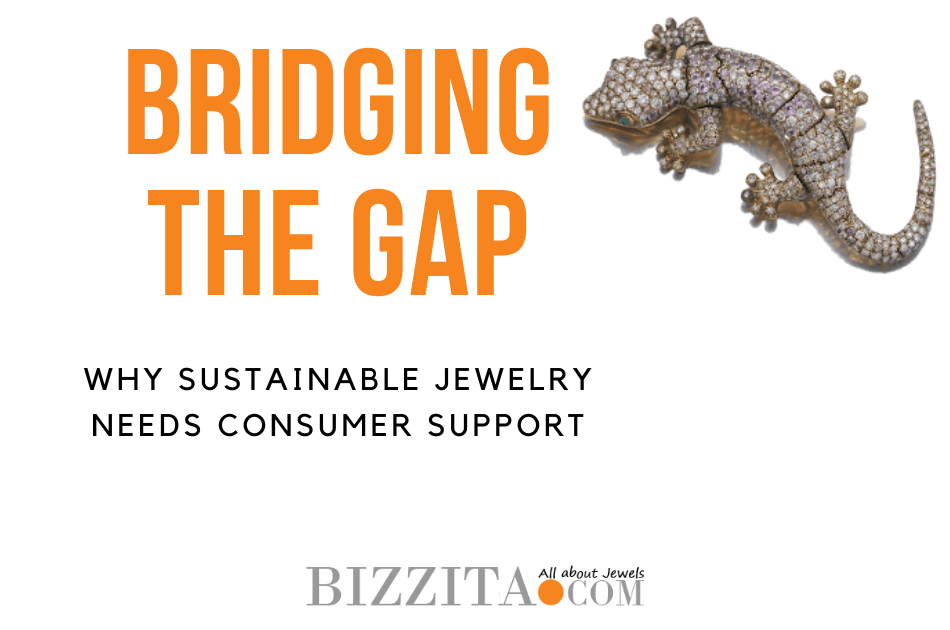Bridging the Gap: Why Sustainable Jewelry Needs Consumer Support
In the world of sustainability, where ideas for a better future thrive, a significant gap exists between the industry's sustainability efforts and the mindset of the average jeweler. The answer to bridging that gap is changing consumer behavior. This article explores why this matters and how to shape such a shift.
A better future for the jewelry industry
In the world of sustainability, where ideas for a better future thrive, a significant gap exists between the industry's sustainability efforts and the mindset of the average jeweler. While sustainability is a hot topic at conferences and shows, many jewelers fail to prioritize it, believing their individual impact is minimal or that customers rarely inquire about sustainability. But if we want to drive change and inspire companies and industries to do better, we must create a shift in consumer behavior and make them care. When customers care, jewelers will follow suit, and the collective effort will bring about meaningful changes for our planet and its people.

Disconnection between industry and jewelers
The sustainability discourse has permeated various industries, including jewelry, with conferences and trade shows buzzing about the broader concept of doing good for people and the planet. However, as we explore this topic further, it becomes evident that the gap between these remarkable ideas and tangible actions poses a significant challenge. We must address the disconnect between the industry's sustainability endeavors and the average jeweler's lack of concern to bridge this gap.
Many jewelers, particularly those operating smaller stores, question the relevance of sustainability to their business. They argue that their individual impact pales compared to more prominent industry players, or they claim that customers seldom express interest in the sustainability of their jewelry. As a result, they wonder why they should invest time and resources into sustainability when their customers seem indifferent.

Additionally, concerns about Return on Investment (ROI) often need to be more consistent with the desire to engage in sustainability discussions. Jewelers worry about being ill-prepared to respond to inquiries regarding sustainability (and/or inclusivity/ diversity etc.) and whether such conversations will have any tangible impact on their business.
The power of consumer demand
However, the key lies in understanding the power of consumer demand. Although customers may not actively inquire about sustainability, it does not indicate a lack of interest. As consumers become more conscious of their purchases' impact, they seek sustainable options across all sectors, including jewelry. Therefore, as store owners and industry professionals, we must ignite this dormant spark of consumer interest and empower them to make informed choices. When customers genuinely care, jewelers will be inspired to prioritize sustainability.

Consumer support is essential to create change.
We delve deeper into the vital importance of consumer support in driving sustainable practices within the jewelry industry. We explore further the need to shift consumer behavior, encourage customer inquiries about sustainability, and highlight the potential benefits of embracing sustainability for businesses and the planet.
Renowned environmentalist Jonathon Porritt argues: “Brands are so much better placed to narrow that frightening ‘values-action’ gap that politicians have to confront (where voters say one thing and promptly do another) and are somehow more trustworthy precisely because they are so clearly in the business of making money out of doing the right thing.”
FIVE levers of change*
MAKE IT UNDERSTOOD:
One essential aspect is making sustainability understood and relevant to consumers. Raising awareness about sustainable jewelry practices and their significance can help consumers connect with the issue and understand how their choices can positively impact them. Innovative approaches can be employed in the jewelry industry to help customers comprehend the importance of ethical sourcing, responsible production, and environmental conservation.
MAKE IT EASY
Furthermore, making sustainable choices easy and convenient is critical to driving consumer adoption. Jewelers should provide clear information and guidance on identifying and purchasing sustainable jewelry. Just as Unilever's Comfort One Rinse fabric conditioner simplified the laundry process, the jewelry industry can promote sustainable jewelry options that align with customers' lifestyles and values. By removing barriers and instilling confidence, customers will feel empowered to make sustainable choices without compromising convenience.

MAKE IT DESIRABLE
Aligning sustainability with consumers' self-image and social norms is another critical aspect. Jewelry is often associated with self-expression and personal style. Therefore, highlighting sustainable jewelry's unique qualities and designs can make it desirable to consumers. By showcasing how sustainable jewelry aligns with its values and contributes to a positive image, jewelers can tap into the power of social influence and inspire wider adoption of sustainable practices.
MAKE IT REWARDING
What's in it for me? The reward or the pay-off for consumers to buy sustainable jewelry or buy at a sustainability-conscious jeweler has to be felt. Either emotionally or economically. People need to feel good and rewarded for the choice they made. How can we accomplish that?
MAKE IT A HABIT
Lastly, creating lasting habits is crucial for sustained change. Once consumers have embraced sustainable jewelry, it is essential to provide ongoing support and reminders. Jewelers can implement strategies that involve educational initiatives, engaging events, or loyalty programs that reinforce the importance of sustainable jewelry and encourage customers to maintain their commitment. It's an example, but of course, there are many ideas people and companies could develop to stay top of mind and help consumers make it a habit to desire only sustainable jewelry.

Another great framework for consumer behavior change is SHIFT
Another framework to help consumer behavior change for the better is the brilliantly found acronym SHIFT.
In the world of marketing, sustainability, and traditional goals may seem incompatible. However, a new perspective suggests that marketing and sustainability are intertwined, and behavioral science can significantly influence sustainable consumption. The SHIFT framework explores how Social influence, Habit formation, Individual self, Feelings and cognition, and Tangibility can be leveraged to encourage more sustainable consumer behaviors.
One of the key challenges in sustainability contexts is the "attitude-behavior gap," where consumers express positive attitudes towards eco-friendly practices but fail to translate them into actions.

To bridge the attitude-behavior gap, the SHIFT framework provides insights into driving sustainable consumer behavior change. While consumer demand for sustainable options is increasing, there is still room to promote further and support sustainable behaviors.
We define sustainable consumer behavior as actions that reduce adverse environmental impacts and decrease the use of natural resources throughout the product's lifecycle.
The consumption process
It's about the consumption process, including information search, decision-making, product adoption, usage, and disposal, to identify opportunities for more sustainable outcomes.
Unlike conventional consumer decision-making, sustainable choices consider long-term benefits for others and the natural world.
Marketers need unique tools to promote sustainability effectively. The SHIFT framework emerges from an extensive literature review of marketing, consumer psychology, and behavioral sciences.
The review identified five key factors:
- Social influence,
- Habit formation,
- Individual self,
- Feelings and cognition, and
- Tangibility.
Strategies for Sustainability Marketers.
There is a need for comprehensive strategies that encompass these factors to drive sustainable consumption. By understanding the drivers of sustainable consumer behavior, marketers, companies, policymakers, and nonprofit organizations can take targeted actions to encourage positive change.
Through the SHIFT framework, consumers can be empowered to voluntarily reduce consumption, choose sustainably sourced products, conserve resources during usage, and adopt more sustainable modes of disposal. A more environmentally friendly and socially responsible future can be achieved by aligning marketing efforts with sustainability goals.

Why I write about sustainability in the jewelry industry
In upcoming articles, we'll explore the possibilities for changing consumer behavior to reinforce the effect of sustainability efforts made by the industry in the manufacturing and resources supply chain.
If there is one key takeaway from this article, it is this: we need consumers. We need the consumer to drive change into the sustainability efforts of the jewelry industry. How we make them an integral part might pose a challenge, but we can learn from the best practices of other sectors and learn from marketers, psychologists, and consumer behavior specialists.
I write about this because I felt frustrated during one of the many talks I attended about this topic.

''Frustration drives people to reinvent industries, new products, and services''
And in this case, I hope that despite the sometimes overwhelming terms and information, we can find ways to change the industry we work in together. When the consumer cares and acts upon that care, only then can we fully implement sustainability, among other good things, such as inclusivity and diversity, to the fullest.
It can also be challenging to consider that our supply chain and industry might always be flawed. But here is where we thrive as humans; we always seek to improve and grow. Perfection might not exist, but doing better and being better is enough.
As always, I appreciate your view and opinions! Do share them with me here or on LinkedIn. Thank you for reading, and stay tuned for more :-)
The resources for this article come from published reports on HBR, Cambridge Org., and Sage journals.
Leave a comment
![]()
© 2013 - 2020 Bizzita. All Rights Reserved
Legal Information | Copyright & Privacy Policy | Term & Conditions

